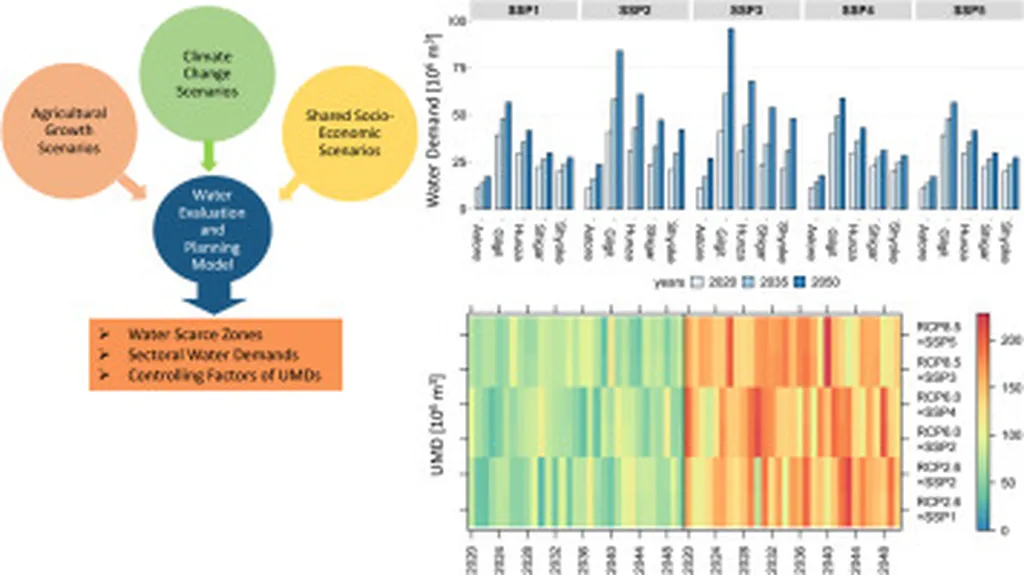In the heart of South Asia, the Indus River Basin is facing a silent yet profound transformation, one that could reshape the region’s water security, agricultural productivity, and energy landscape. A recent study published in the *iRASD Journal of Energy & Environment* (translated from Arabic as the *Journal of Renewable and Sustainable Energy and Environment*) sheds light on the intricate dance between climate change and the Indus River Basin, with significant implications for the energy sector.
The research, led by Muhammad Khizar from the Institute of Management Sciences in Peshawar, Pakistan, delves into the complex interplay of climate change, hydrology, and water quality in the Indus Basin. The Indus River, a lifeline for over 300 million people, is highly sensitive to climate variability, with most of its flow dependent on Himalayan snow and glacier melt, as well as monsoon rains. “Climate change is inducing shifts in precipitation patterns, accelerating glacier retreat, and increasing the frequency of floods and droughts,” Khizar explains. These changes are not just environmental; they have profound commercial and geopolitical ramifications.
The study analyzed water quality data from the Kunar and Kabul rivers, key tributaries of the Indus, and reviewed climate impacts across the basin. The findings reveal significant regional differences in water quality parameters, with climate-induced hazards such as floods, droughts, salinity intrusion, and ecosystem stress emerging as critical challenges. “The implications for water security, agriculture, and Indo-Pak water governance are substantial,” Khizar notes. The research highlights that the Indus Waters Treaty, a cornerstone of water management between India and Pakistan, currently lacks provisions for climate-induced variability, posing risks to sustainable water management and regional stability.
For the energy sector, these changes could be transformative. Hydropower, which relies on consistent water flow, may face increased uncertainty. Climate-induced variability could disrupt dam operations, affecting energy production and grid stability. Additionally, changes in water quality could impact cooling processes in thermal power plants, potentially increasing operational costs and reducing efficiency.
The study also underscores the need for adaptive water management strategies. As climate change alters the Indus hydrological regime and water quality, stakeholders must innovate to ensure sustainable water use. This could open avenues for new technologies and practices, such as advanced water treatment systems, climate-resilient infrastructure, and integrated water resource management.
Khizar’s research serves as a clarion call for action. It underscores the urgency of updating the Indus Waters Treaty to incorporate climate change considerations and fostering regional cooperation to address shared water challenges. As the energy sector grapples with these changes, collaboration between policymakers, scientists, and industry leaders will be crucial to navigating the complex landscape of climate change and water security.
In the words of Khizar, “The future of the Indus Basin hinges on our ability to adapt and innovate in the face of climate change.” For the energy sector, this means not just mitigating risks but also seizing opportunities to build a more resilient and sustainable future. As the world watches, the Indus Basin stands as a testament to the profound impacts of climate change and the urgent need for action.

